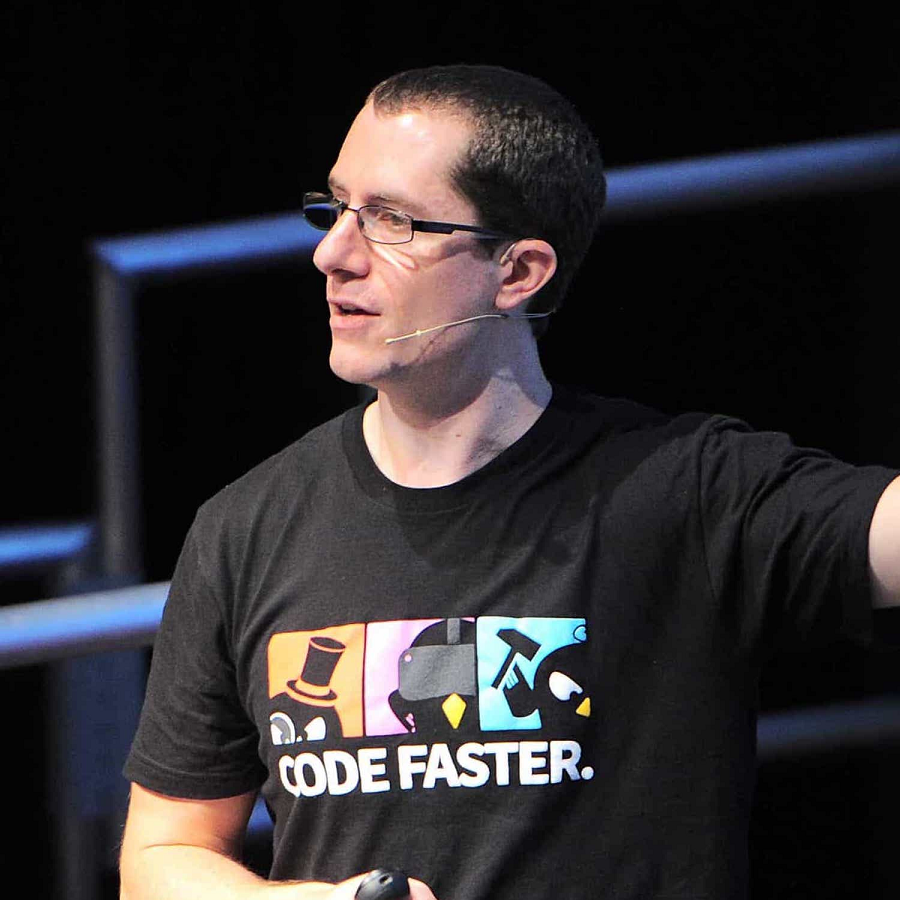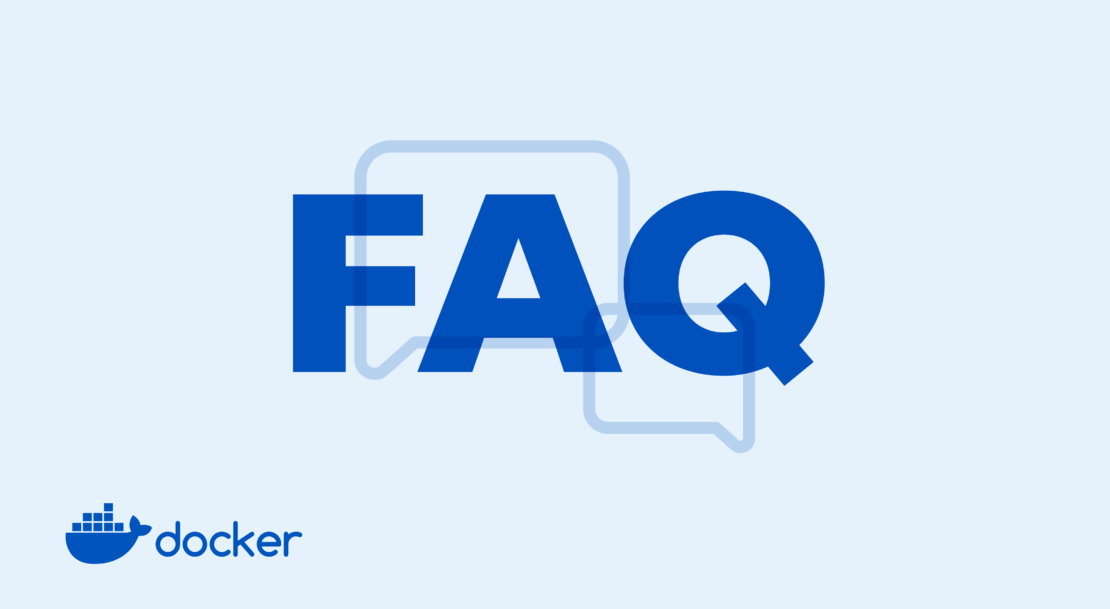 Today, Hugging Face and Docker are announcing a new partnership to
democratize AI and make it accessible to all software
engineers.Hugging Face is the most used open platform for AI, where
the machine learning (ML) community has shared more than 150,000
models;25,000 datasets;and 30,000 ML apps, including Stable
Diffusion, Bloom, GPT-J, and open source ChatGPT alternatives.These
apps enable the community to explore models, replicate results, and
lower the barrier of entry for ML — anyone with a browser can
interact with the models. Docker
Today, Hugging Face and Docker are announcing a new partnership to
democratize AI and make it accessible to all software
engineers.Hugging Face is the most used open platform for AI, where
the machine learning (ML) community has shared more than 150,000
models;25,000 datasets;and 30,000 ML apps, including Stable
Diffusion, Bloom, GPT-J, and open source ChatGPT alternatives.These
apps enable the community to explore models, replicate results, and
lower the barrier of entry for ML — anyone with a browser can
interact with the models. Docker  Today, Hugging Face and Docker are announcing a new partnership to
democratize AI and make it accessible to all software
engineers.Hugging Face is the most used open platform for AI, where
the machine learning (ML) community has shared more than 150,000
models;25,000 datasets;and 30,000 ML apps, including Stable
Diffusion, Bloom, GPT-J, and open source ChatGPT alternatives.These
apps enable the community to explore models, replicate results, and
lower the barrier of entry for ML — anyone with a browser can
interact with the models. Docker
Today, Hugging Face and Docker are announcing a new partnership to
democratize AI and make it accessible to all software
engineers.Hugging Face is the most used open platform for AI, where
the machine learning (ML) community has shared more than 150,000
models;25,000 datasets;and 30,000 ML apps, including Stable
Diffusion, Bloom, GPT-J, and open source ChatGPT alternatives.These
apps enable the community to explore models, replicate results, and
lower the barrier of entry for ML — anyone with a browser can
interact with the models. Docker  I’ve been a long-time user and avid fan of both Docker and
Kubernetes, and have many happy memories of attending the Docker
Meetups in London in the early 2010s.I closely watched as Docker
revolutionized the developers’ container-building toolchain and
Kubernetes became the natural target to deploy and run these
containers at scale. Today we’re happy to announce Telepresence for
Docker, simplifying how teams develop and test on Kubernetes
for faster app delivery.Docker and Ambassador Labs both help
cloud-native developers to be super-productive, and we’re
I’ve been a long-time user and avid fan of both Docker and
Kubernetes, and have many happy memories of attending the Docker
Meetups in London in the early 2010s.I closely watched as Docker
revolutionized the developers’ container-building toolchain and
Kubernetes became the natural target to deploy and run these
containers at scale. Today we’re happy to announce Telepresence for
Docker, simplifying how teams develop and test on Kubernetes
for faster app delivery.Docker and Ambassador Labs both help
cloud-native developers to be super-productive, and we’re  We recently announced the first Technical
Preview of Docker+Wasm, a special build that makes it possible
to run Wasm containers with Docker using the WasmEdge
runtime.Starting from version
4.15, everyone can try out the features by activating the
containerd image store
experimental feature. We didn’t want to stop there,
however.Since October, we’ve been working with our partners to make
running Wasm workloads with Docker easier and to support more
runtimes. Now we are excited to announce a new
We recently announced the first Technical
Preview of Docker+Wasm, a special build that makes it possible
to run Wasm containers with Docker using the WasmEdge
runtime.Starting from version
4.15, everyone can try out the features by activating the
containerd image store
experimental feature. We didn’t want to stop there,
however.Since October, we’ve been working with our partners to make
running Wasm workloads with Docker easier and to support more
runtimes. Now we are excited to announce a new  We apologize for how we communicated and executed sunsetting Docker
“Free Team” subscriptions, which alarmed the open source community.
For those of you catching up, we recently emailed accounts
that are members of Free Team organizations, to let them know that
they will lose features unless they move to one of our supported
free or paid offerings.This impacted less than 2% of our
users.Note that this change does not affect Docker
Personal, Docker Pro, Docker Team, or Docker Business
accounts, Docker-Sponsored
Open
We apologize for how we communicated and executed sunsetting Docker
“Free Team” subscriptions, which alarmed the open source community.
For those of you catching up, we recently emailed accounts
that are members of Free Team organizations, to let them know that
they will lose features unless they move to one of our supported
free or paid offerings.This impacted less than 2% of our
users.Note that this change does not affect Docker
Personal, Docker Pro, Docker Team, or Docker Business
accounts, Docker-Sponsored
Open  Graph databases have become a popular solution for storing and
querying complex relationships between data.As the amount of graph
data grows and the need for high concurrency increases, a
distributed graph database is essential to handle the scale.
Finding a distributed graph database that automatically shards the
data, while allowing businesses to scale from small to
trillion-edge-level without changing the underlying storage,
architecture of the service, or application code, however, can be a
challenge. In this article, we’ll look at NebulaGraph, a
modern, open source
Graph databases have become a popular solution for storing and
querying complex relationships between data.As the amount of graph
data grows and the need for high concurrency increases, a
distributed graph database is essential to handle the scale.
Finding a distributed graph database that automatically shards the
data, while allowing businesses to scale from small to
trillion-edge-level without changing the underlying storage,
architecture of the service, or application code, however, can be a
challenge. In this article, we’ll look at NebulaGraph, a
modern, open source Weitere Beiträge ...
- February Extensions: Easily Connect Local Containers to a Kubernetes Cluster and More
- Docker Desktop 4.17: New Functionality for a Better Development Experience
- Secure Your Kubernetes Clusters with the Kubescape Docker Extension
- 5 Developer Workstation Security Best Practices
- Enable No-Code Kubernetes with the harpoon Docker Extension
Seite 7 von 24